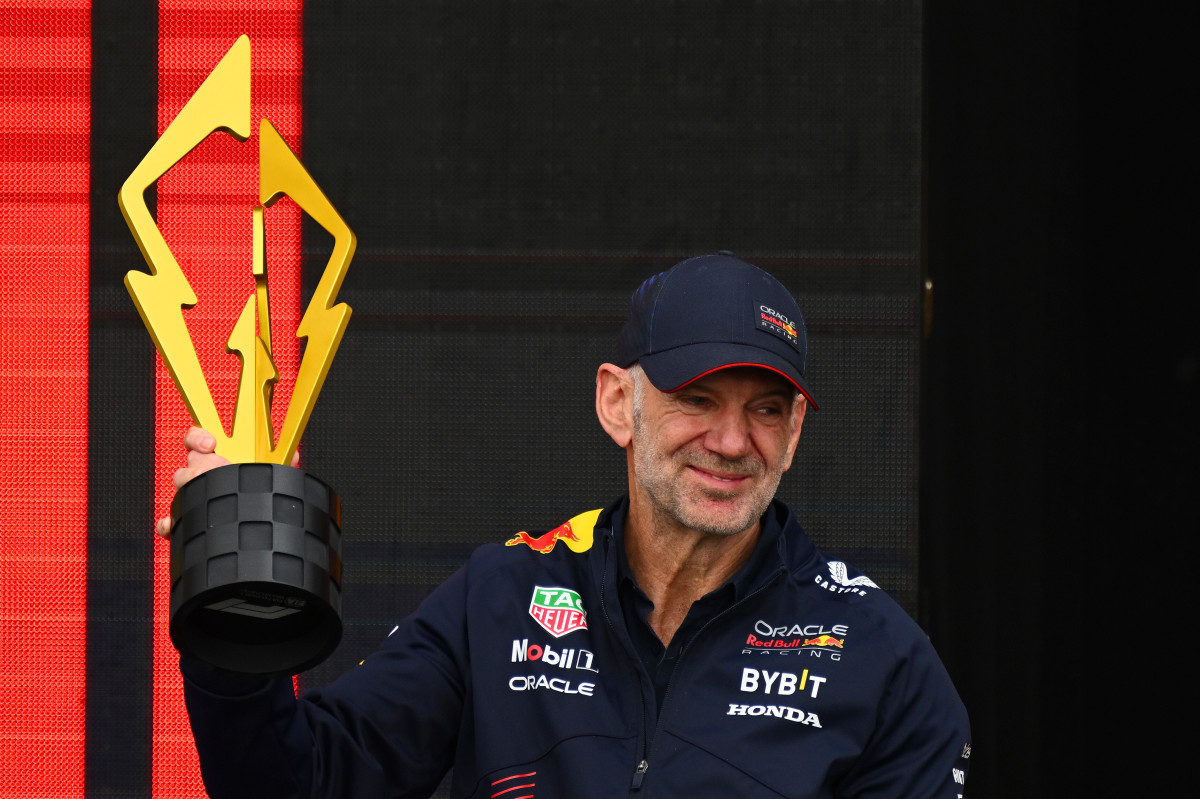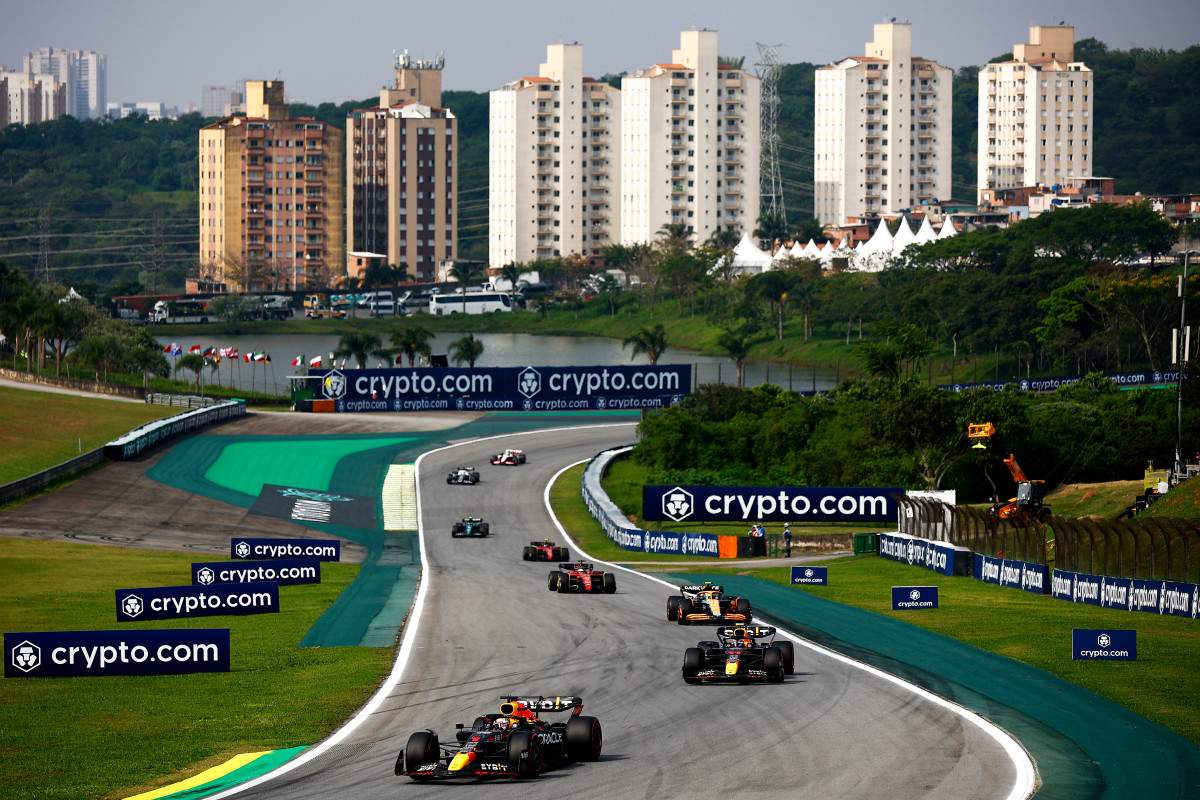F1 News: Adrian Newey Questions Rivals - "Thought Our Advantage Would Be Diminished"

Red Bull's chief technical officer, Adrian Newey, admitted that RB19's grid-dominating performance came as a "complete surprise" to him in 2023, considering his expectation that rival teams would significantly improve their cars after experiencing the first year of the ground effect era in 2022.
Following the introduction of new ground effect rules for the 2022 season, Red Bull achieved both the drivers' and constructors' championships for the first time since 2013, with Max Verstappen securing his second drivers' title.
Consequently, with more consistency in the rules, Newey expected the grid to become tighter in 2023 under the impression that rival teams would have sorted out aerodynamic issues, like porpoising, on their cars. But, in reality, the gap between the Milton Keynes outfit and other teams widened to such an extent that it won 22 out of the 23 Grands Prix last year.
During an interview with Top Gear, when questioned if he was surprised that it is still possible to dominate the F1 grid in today's times with a supreme car, he answered:
“It does actually. It’s a complete surprise.
“For the ’22 season we had the biggest regulation change on the chassis side since 1983, in terms of going back to Venturi cars. We thought as we headed into the second year, with almost no regulation change over the winter and us running what is in effect an evolution car, that our advantage would be diminished, if not eradicated. Clearly that’s not how it’s panned out.”

The Challenges That Come With Regulation Changes
Speaking on regulation changes, he explained the loopholes and challenges that come with them:
“I’ve always enjoyed regulation changes,
“Not just because of the loopholes that may exist but figuring out the demands of the regulations, how they affect the fundamental principles of the car’s layout.
“For 2022, there were a few things that we needed to do differently. It was the return of ground effect – Venturi – and I was certainly aware of the pitfalls having worked in IndyCar with that format [during the Eighties].
“Bouncing is not simply due to the aerodynamic shape of the car, there are other factors – suspension characteristics, body stiffness – and when we were designing RB18 we were very mindful of that. We had a bit of porpoising at the very start but we were on top of it by race one.”
Speaking of bouncing, Newey said that it was difficult to replicate the phenomenon in a simulation and that it is challenging to notice it unless you're looking for it. He explained:
“Simulating bouncing in a wind tunnel and more so in CFD is not easy.
“It’s a transient problem, and there’s no motion to the car relative to the road. You don’t see it if you’re not looking for it.
"That’s the thing with all simulation tools. They’re dependent on what you put into them. If you haven’t looked in the right place and put the right things in, you won’t get the right answers out.”

